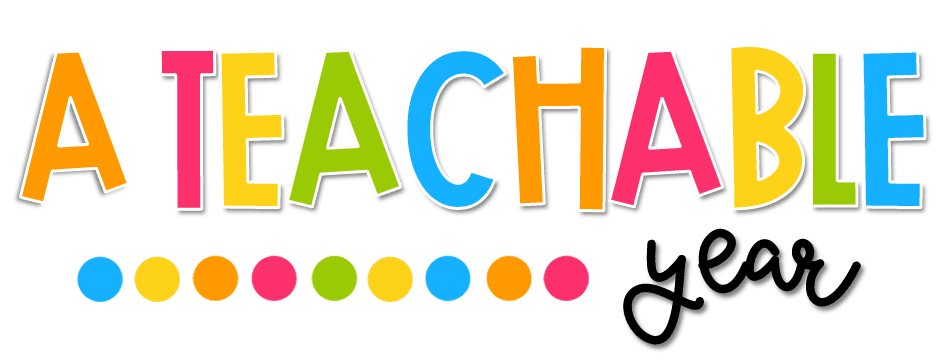Understanding World Peace Day
World Peace Day, also known as the International Day of Peace, was established by the United Nations to promote peace and non-violence worldwide, providing a moment of global unity.
World Peace Day, also known as the International Day of Peace, was established by the United Nations to promote peace and non-violence worldwide, providing a moment of global unity.
Language Skills and Activities
Vocabulary Enrichment:
Introduce peace-related vocabulary such as harmony, tolerance, empathy, conflict resolution, unity, and specific terms related to peacebuilding. Use visuals, discussions, or readings to reinforce vocabulary.
Introduce peace-related vocabulary such as harmony, tolerance, empathy, conflict resolution, unity, and specific terms related to peacebuilding. Use visuals, discussions, or readings to reinforce vocabulary.
Reading and Comprehension:
Select articles, stories, or speeches about peace, conflict resolution, or the significance of World Peace Day. Conduct reading sessions followed by discussions or comprehension tasks.
Writing Tasks:
Encourage students to write essays, speeches, or poems expressing their thoughts on peace, unity, or ways to promote global harmony. This exercise nurtures language skills and critical thinking.
Peaceful Insights
Global Perspectives on Peace:
Discuss different cultural perspectives on peace and harmony. Explore how different cultures perceive and promote peace.
Conflict Resolution:
Teach conflict resolution strategies, emphasizing dialogue, understanding, and empathy. Engage students in discussing peaceful ways to resolve conflicts.
Interactive Activities
Peace Artwork:
Engage students in creating artwork or posters depicting messages of peace, unity, and hope. Encourage them to express their ideas through visuals.
Peaceful Dialogues:
Organize discussions or debates on topics related to peace, tolerance, and global unity. Encourage respectful exchanges of opinions.
Reflective Discussions
Personal Peace Practices:
Initiate discussions on personal practices that promote peace, such as empathy, active listening, and kindness. Encourage students to reflect on how they can contribute to peace.
Global Citizenship:
Discuss the concept of global citizenship and the responsibilities individuals have in promoting peace and unity worldwide.
Teaching about World Peace Day in ESL classes offers a contemplative exploration of global harmony, understanding, and the pursuit of peace. By integrating language exercises, insights into peacebuilding, interactive activities, and reflective discussions, educators can create a meaningful lesson that not only enhances language skills but also fosters empathy and a deeper appreciation for peace.
As we observe World Peace Day, let us inspire students to become ambassadors of peace, embrace diversity, and strive for a world where differences are celebrated, conflicts are resolved peacefully, and unity prevails.



No comments
Post a Comment
Thanks for your comment!